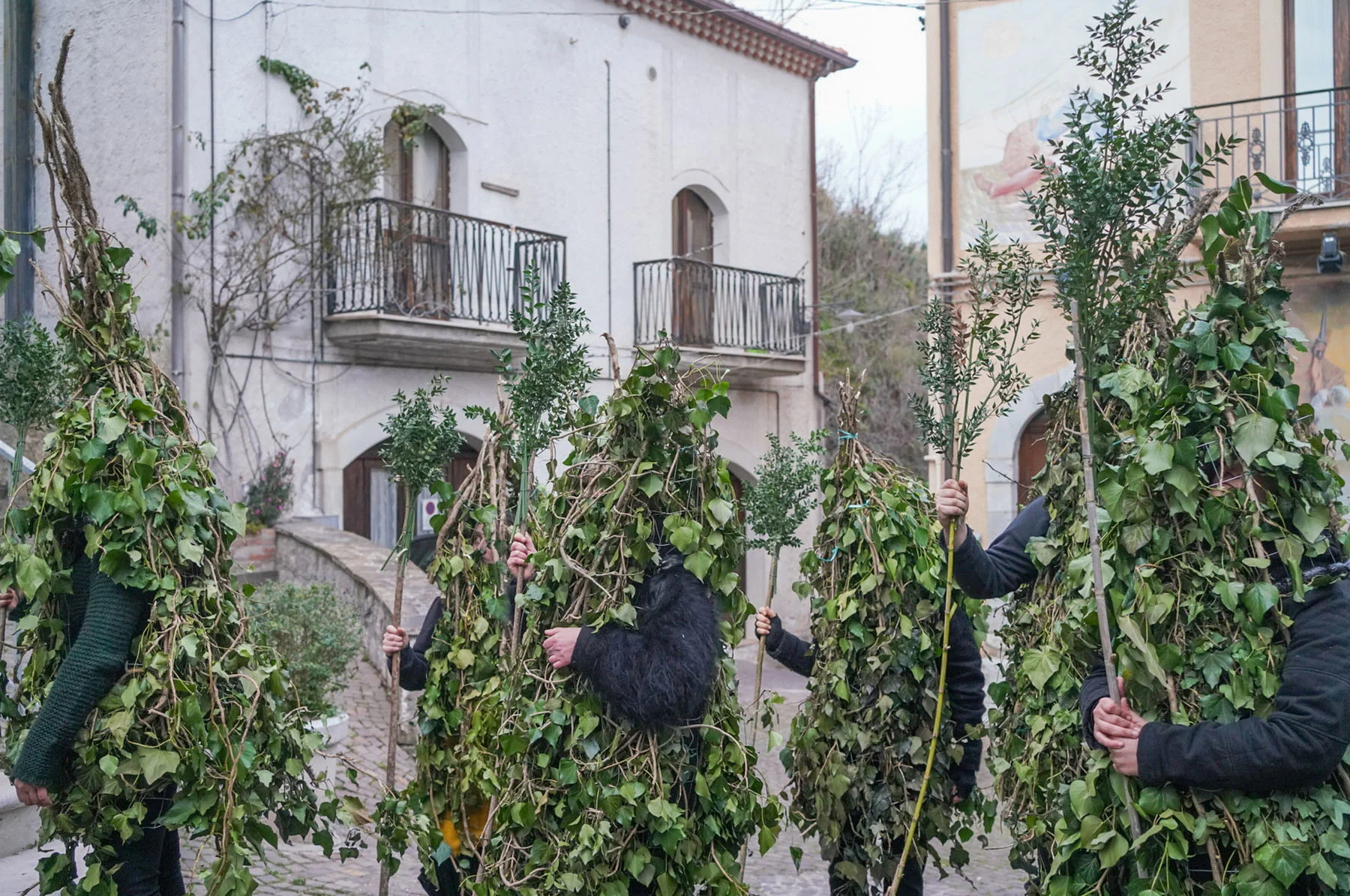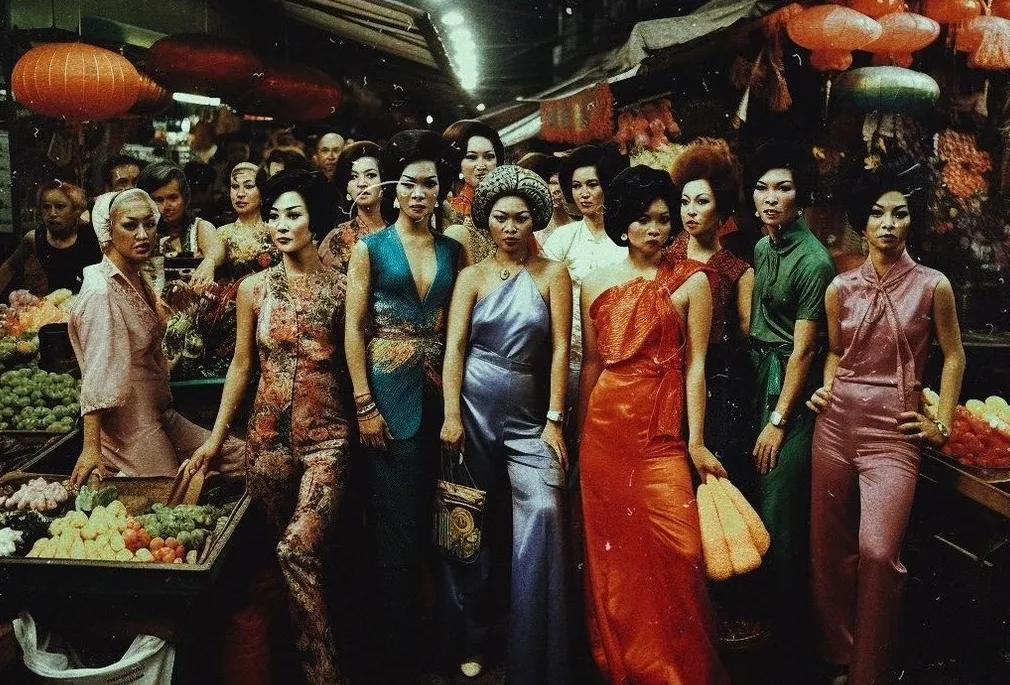
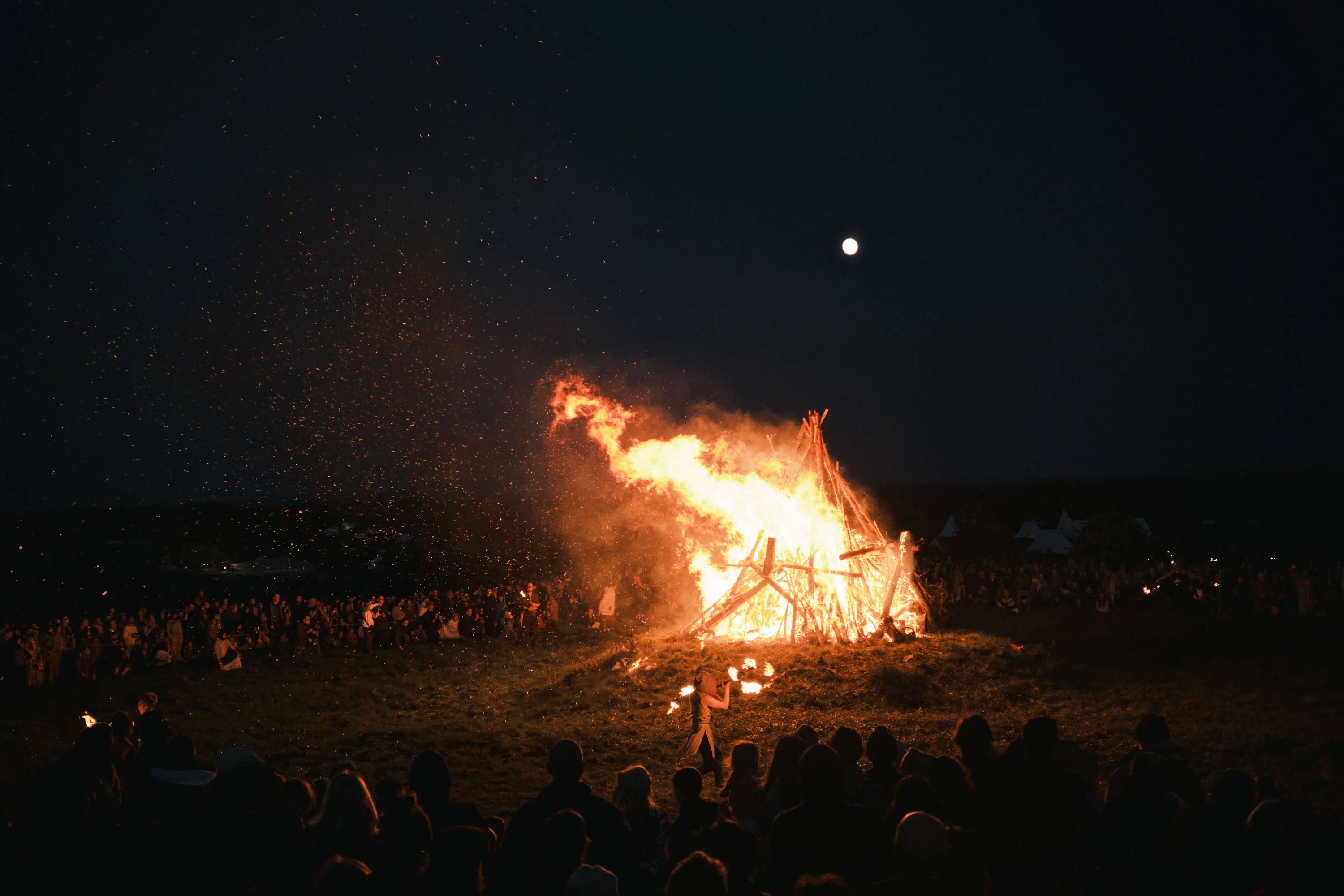
Photographer Conor Clinch was born and raised in Dublin, but by the time he turned 18, he couldn’t wait to leave, and quickly moved to London to begin his career. This year, he returned to capture the Bealtaine Fire Festival on the Hill of Uisneach which, according to Irish mythology, has long marked the beginning of summer. He tells Bruno Bayley that he saw the festival as an opportunity not only to spotlight the history and traditions of the country, but also as a way to reignite his own connection to his homeland.
The Hill of Uisneach stands in County Westmeath, at the point where ancient Ireland’s five provinces—Ulster, Meath, Leinster, Munster, Connaught—met. Uisneach is woven into the nation’s history and mythology and has been a place of gathering and celebration for thousands of years; it’s the reputed burial site of the mythical Tuatha Dé Danann, the seat of the Kings of Mide, and a sacred site linked with druidic gatherings, rites and ceremonial fires. The latter, usually lit in late spring, marked the end of winter and welcomed summer, signalling the return of livestock to the fields. Analogous to May Day, such events are intertwined with the ancient pagan festival of Bealtaine, celebrated throughout the celtic world, where these fires served as focal points for ritual cleansing of cattle, feasting, recitals, games and performance.
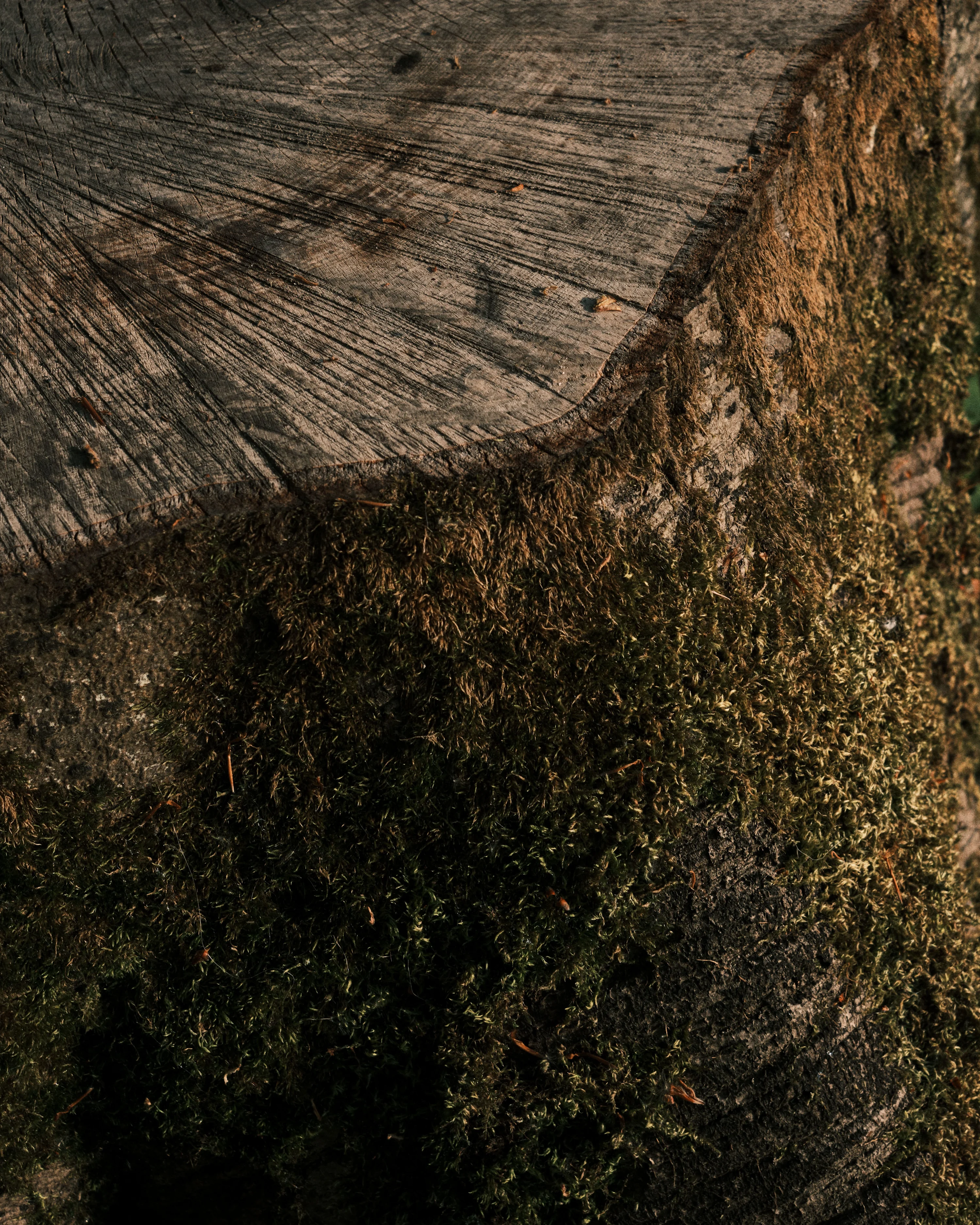
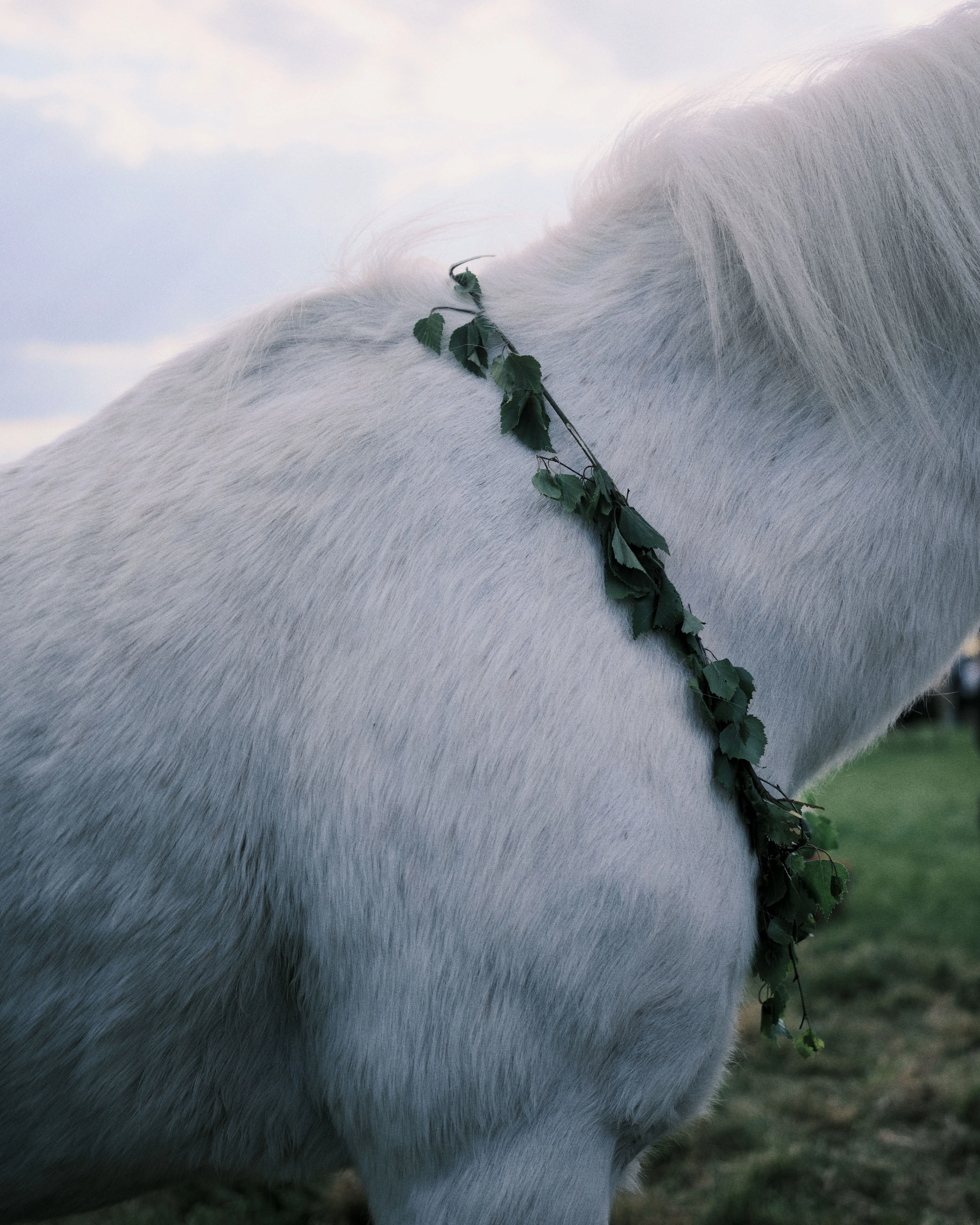
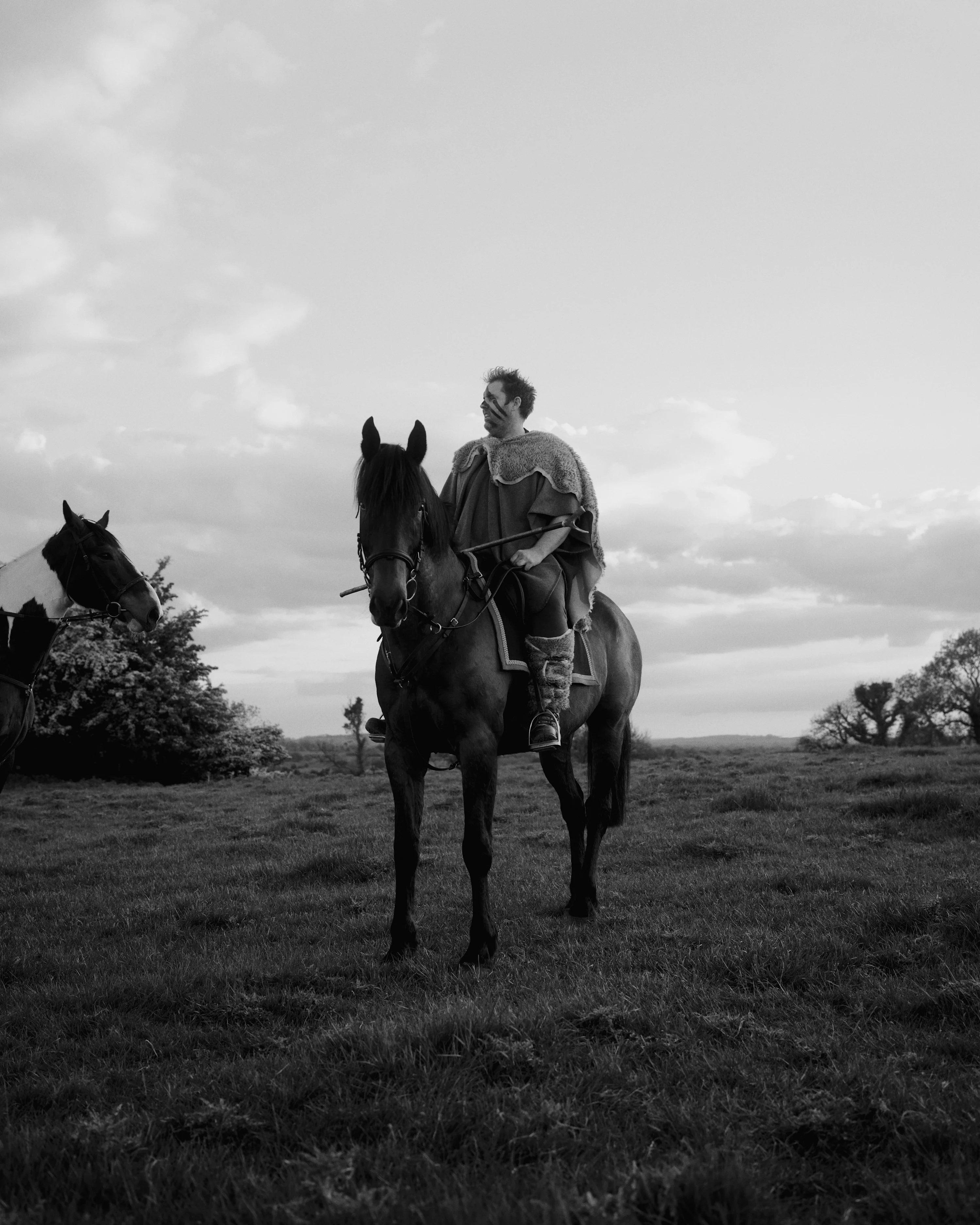
Today the Hill of Uisneach still hosts Bealtaine celebrations, which were revived in 2009 by the organizers of the Bealtaine Fire Festival. This year, photographer Conor Clinch was one of the attendees, his presence spurred by a growing desire to reconnect with Ireland and its traditions. “I grew up in a very working class sort of ‘concrete jungle’ area in the Northside of Dublin,” he says. “I moved to London to pursue my career when I was just a teenager. I’d always wanted to get away from Ireland. Because of that I’d never had the chance to really explore the country or to discover more about my heritage, about Irishness.”
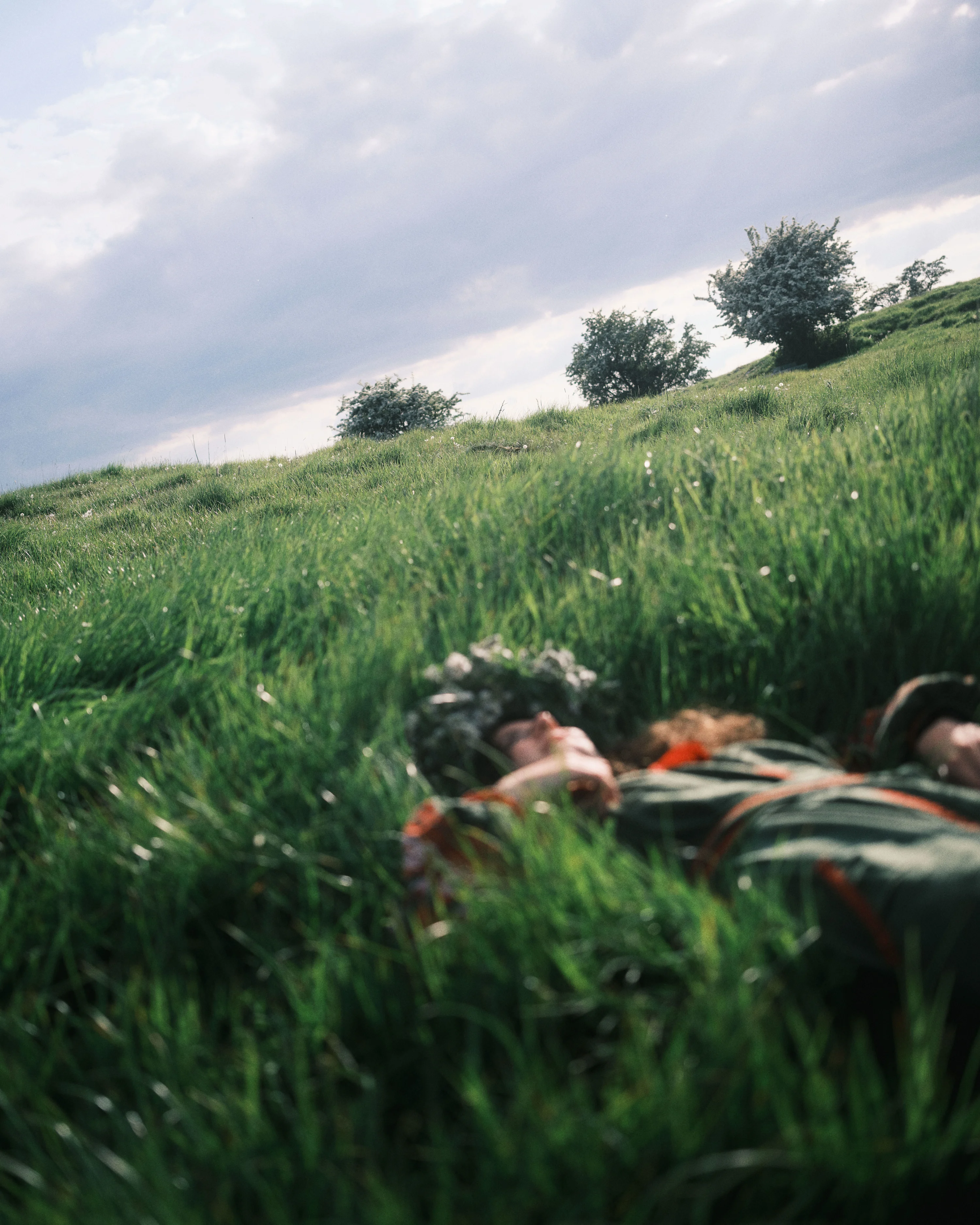
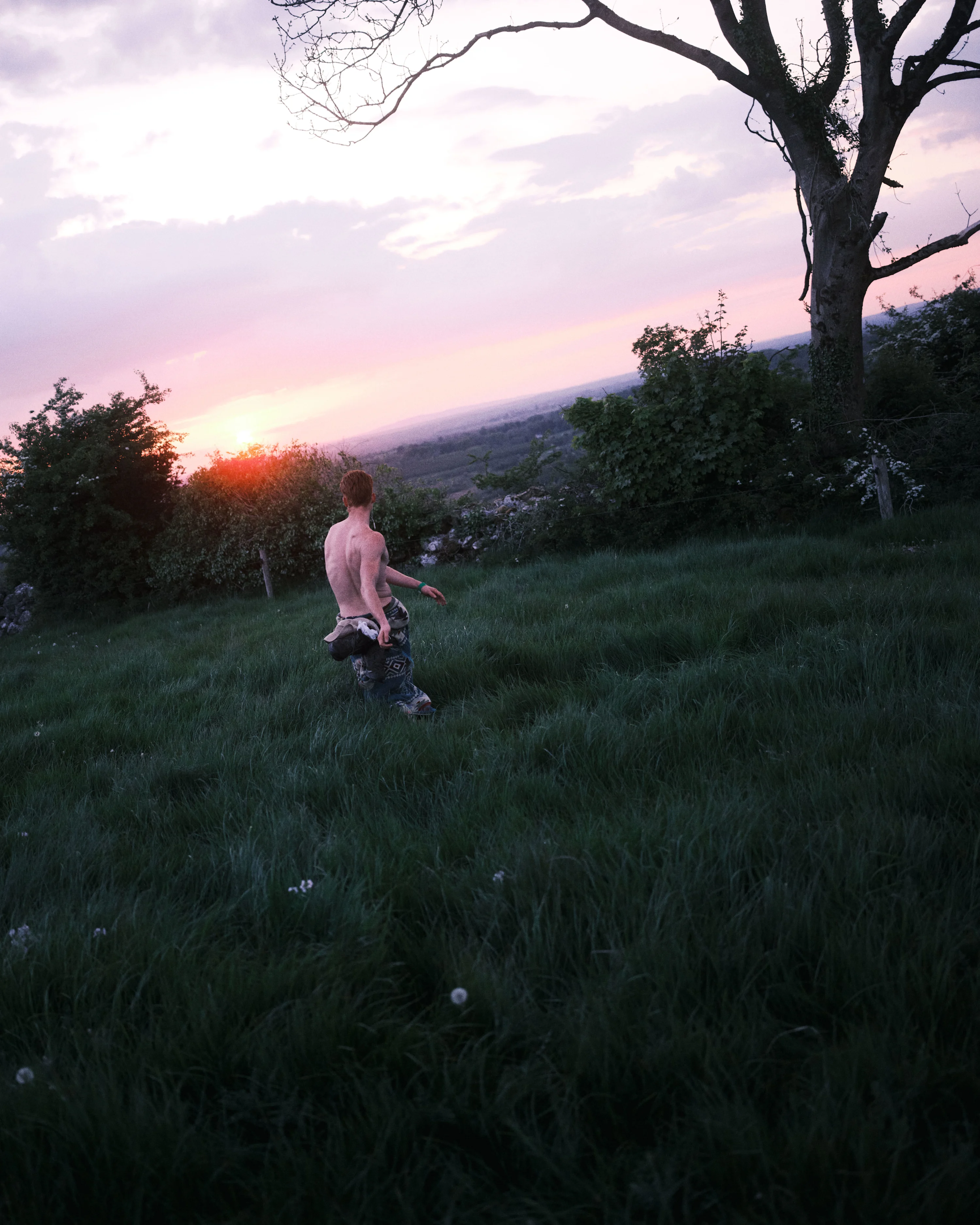
I usually shoot in a studio where things can be set up, planned, controlled. But there’s far more spontaneity with these things.
Clinch, whose photography has, over recent years, been focused on still life and studio work, now lives and works in Paris. His exposure to French culture combined with trips photographing in India had set him thinking about returning to Ireland and delving into its history and culture and his own past. “There were so many people [in France], and even in England, who knew more about Ireland than I did, I felt a bit ashamed,” he says. He had heard about the Bealtaine Fire Festival two years ago, and followed the organizers on Instagram. When a post about this year’s event popped up, it seemed like the perfect opportunity to immerse himself in Ireland’s folkloric past.
“In my mind ‘festival’ means music and booze, you know?” Clinch says. “But this was very much more of a family festival, based on tradition, Irish heritage, Celtic folklore, craft. It’s a bit more spiritual.” The organizers describe the event as a “gathering of tribes,” of people from all over the world with a shared interest in folklore and Celtic history.
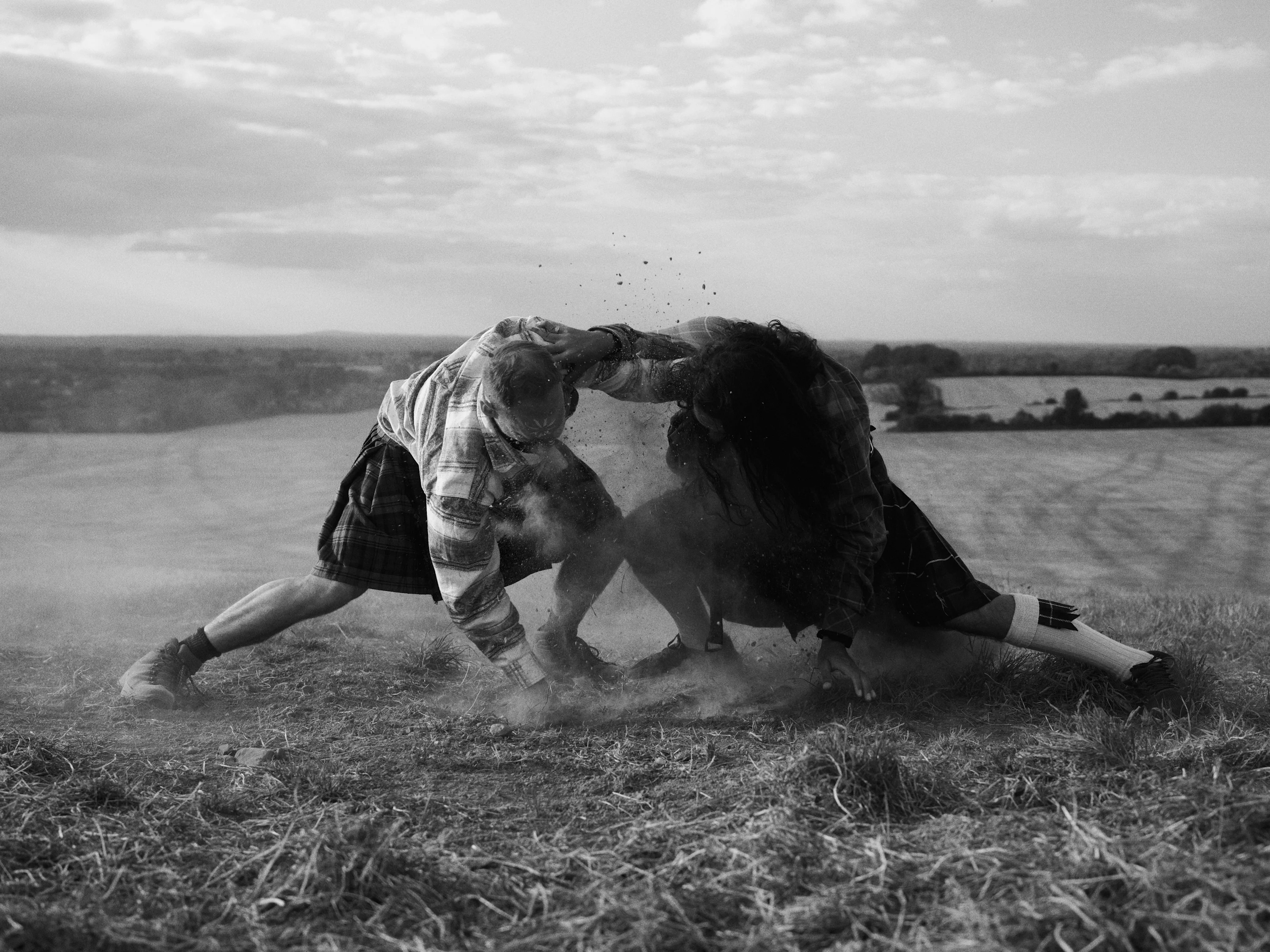
People were being lit by the flames of the fire, the embers were flying.
The festival is also a locus for traditional activities and games including wooden mask-carving, basket-weaving, celtic wrestling and camogie (women’s hurling). These activities also attracted Clinch, who’s deeply interested in sustainable and traditional practices, and the recitals and performances also stood out to the photographer. “Storytelling and poetry are a big part of Ireland,” Clinch says. “There are so many amazing bands that have come out of Ireland writing poetry and lyrics. That was another part of the festival, people on stage telling stories, reciting poems.”
Photographing at the festival presented Clinch with a shift in ways of working that, while welcome, wasn’t without daunting aspects. “It was really nice, quite refreshing. I usually shoot in a studio where things can be set up, planned, controlled. But there’s far more spontaneity with these things,” he says.
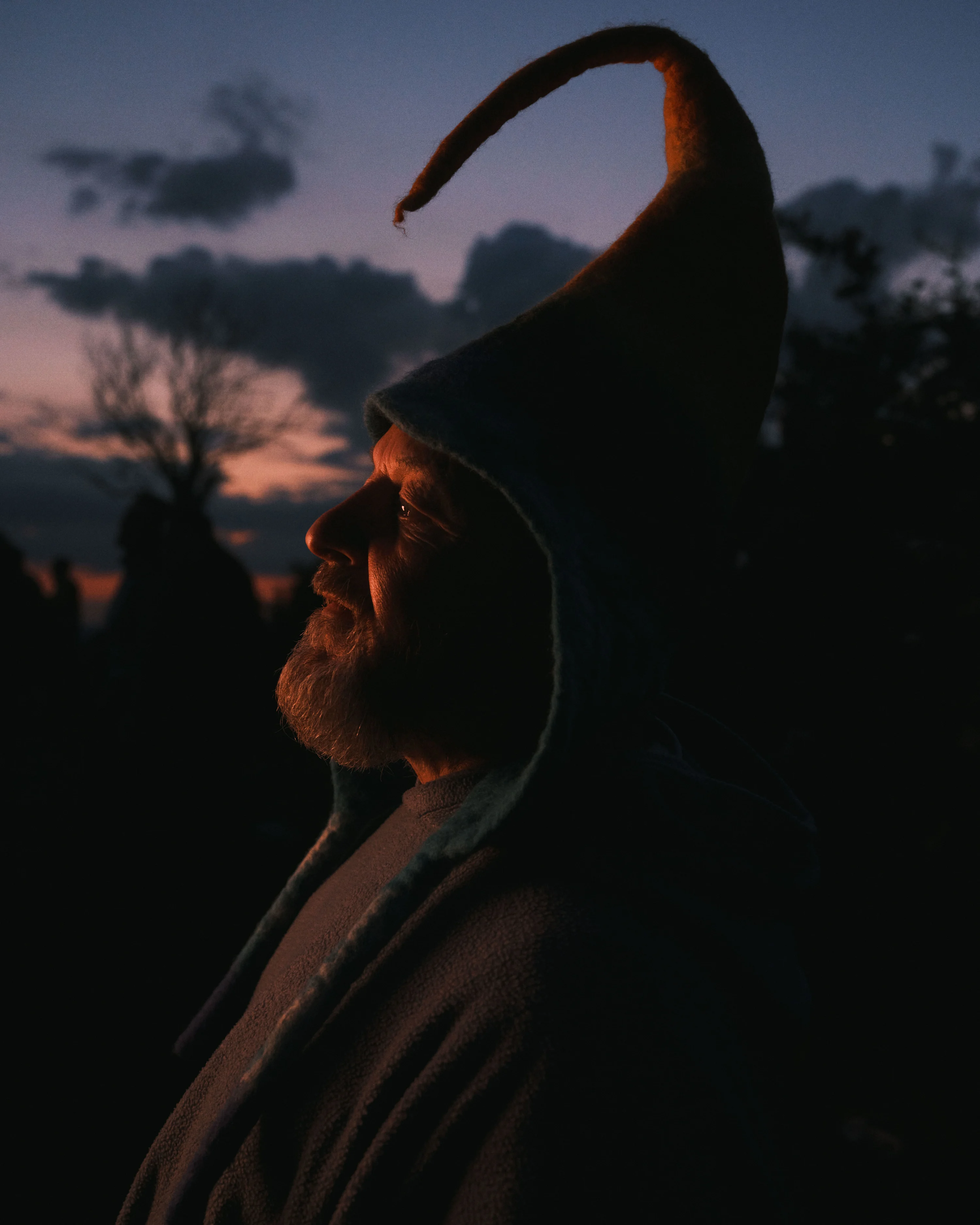
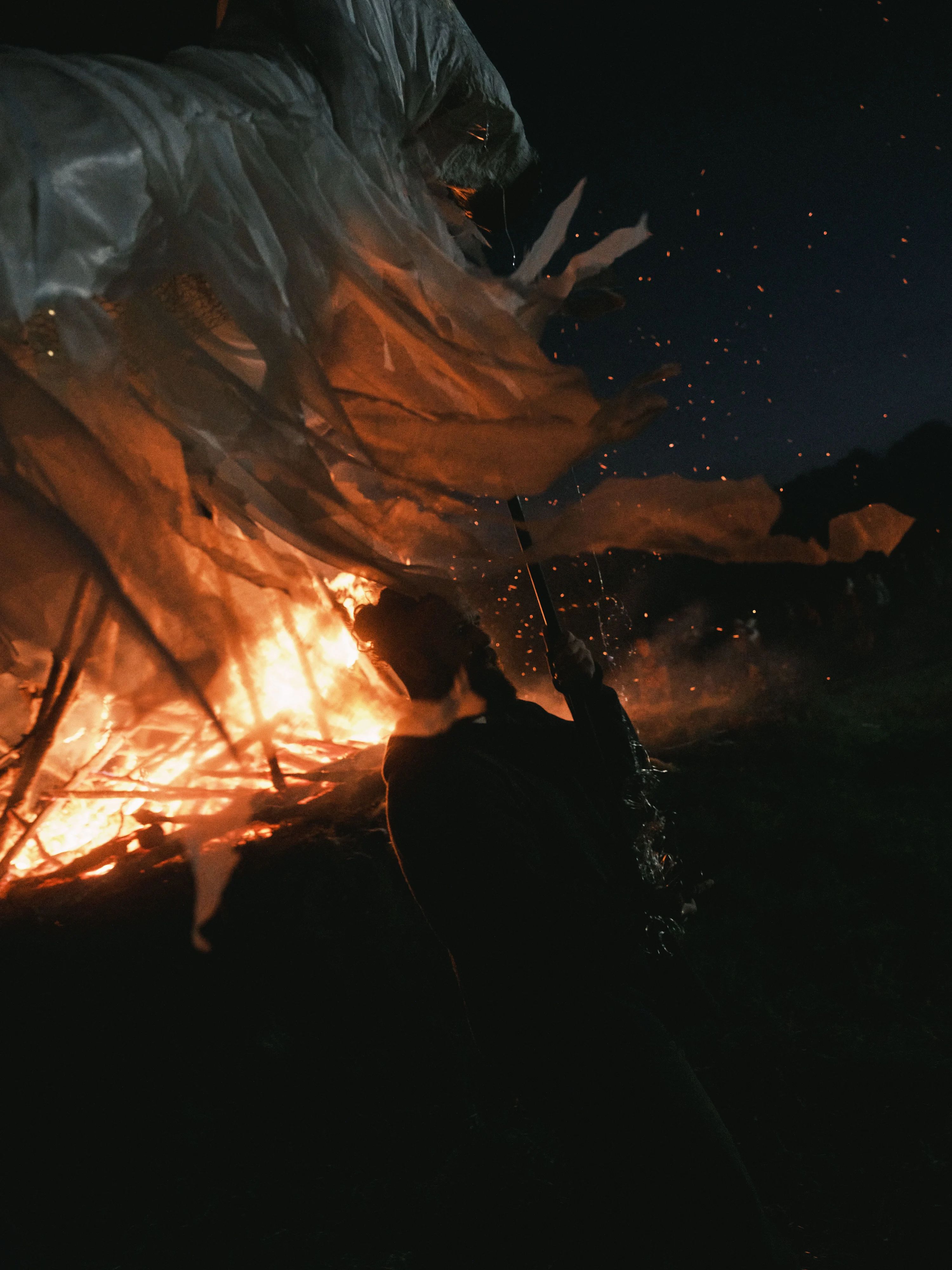
I wanted to show the flora and fauna. That’s also what makes Ireland Ireland—the beauty of the landscape.
The thin line between spontaneity and unpredictability was a source of worry in the lead up to the festival, but thankfully the atmosphere at the festival was conducive to his work, with attendees being welcoming and open. “I was chatting to people, and it wasn’t just a case of asking to take their photo,” he says. “I was talking to them about their stories, why they were there. I was spending some real time with them.” Clinch spent over an hour speaking with two Scottish men who were practicing celtic wrestling. “They gave me some whiskey, we chatted. People were interested in spending time with me too. It was really communal,” he says.
“Everyone there was being brought together through healing, spirituality,” he says. “The most interesting shots were taken at the top of the hill before the procession started; people were just there having their own moments, making crowns out of flowers, or meditating on the hillside, families coming together to have picnics… those were the most interesting things for me.”
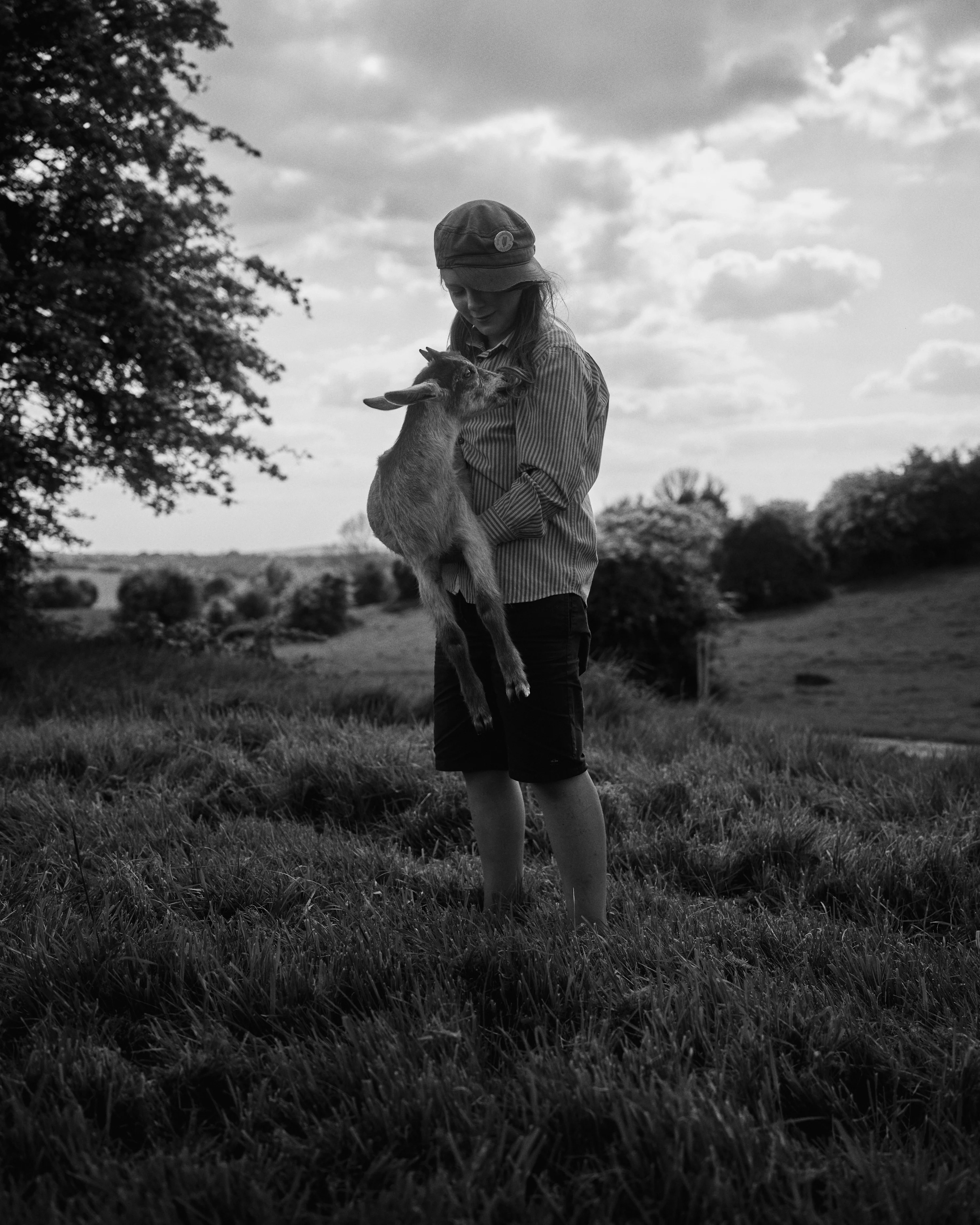
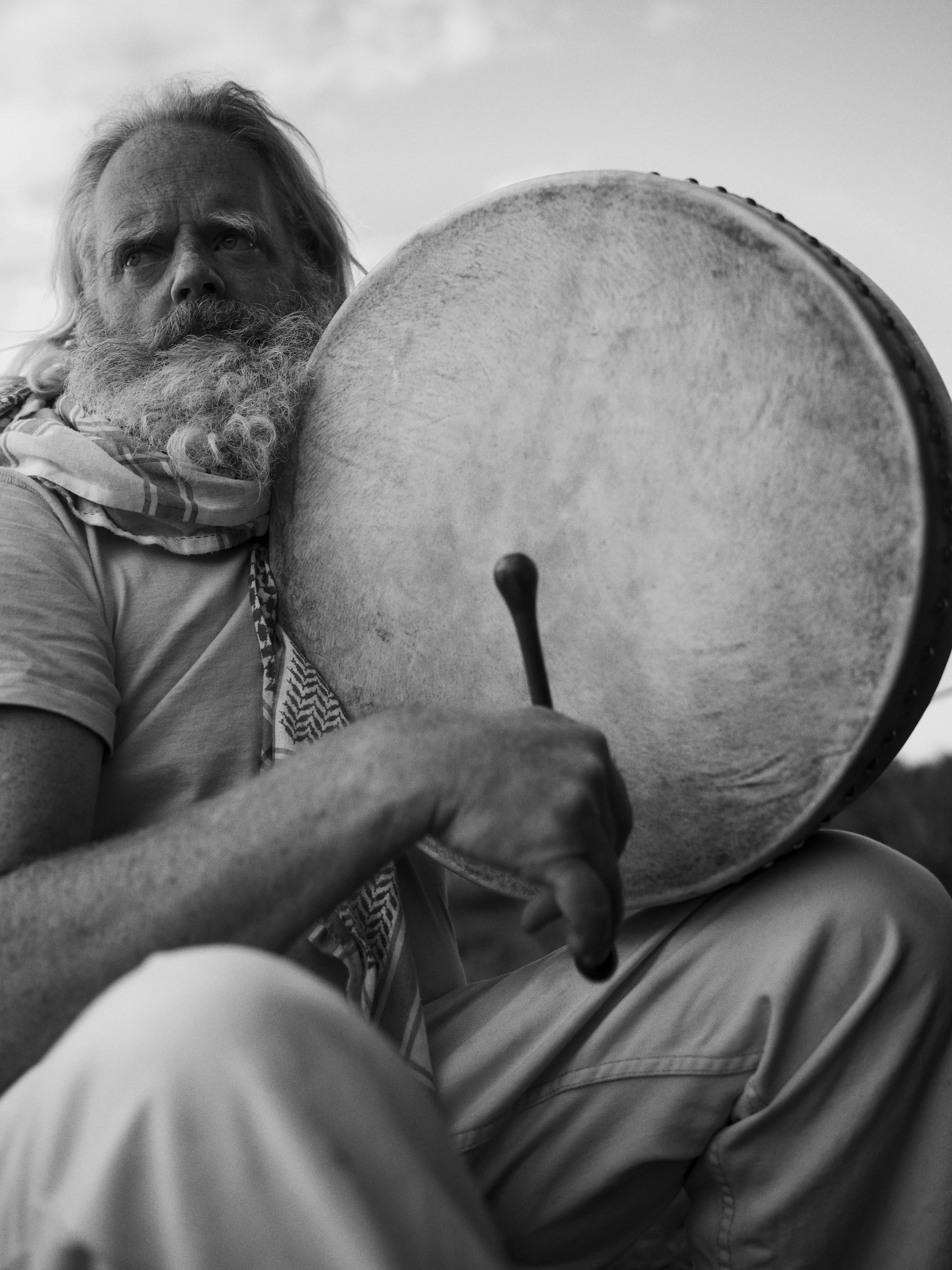
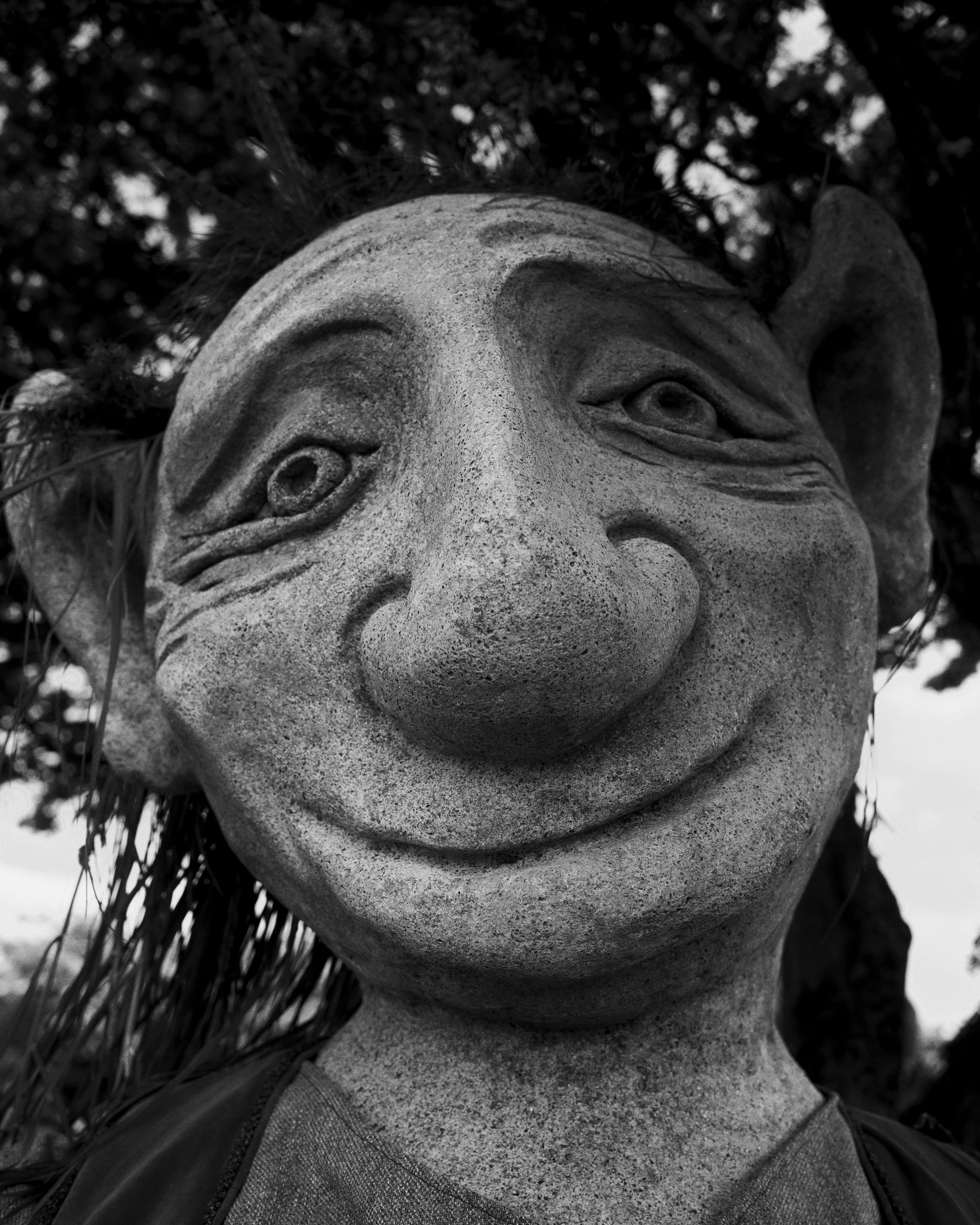
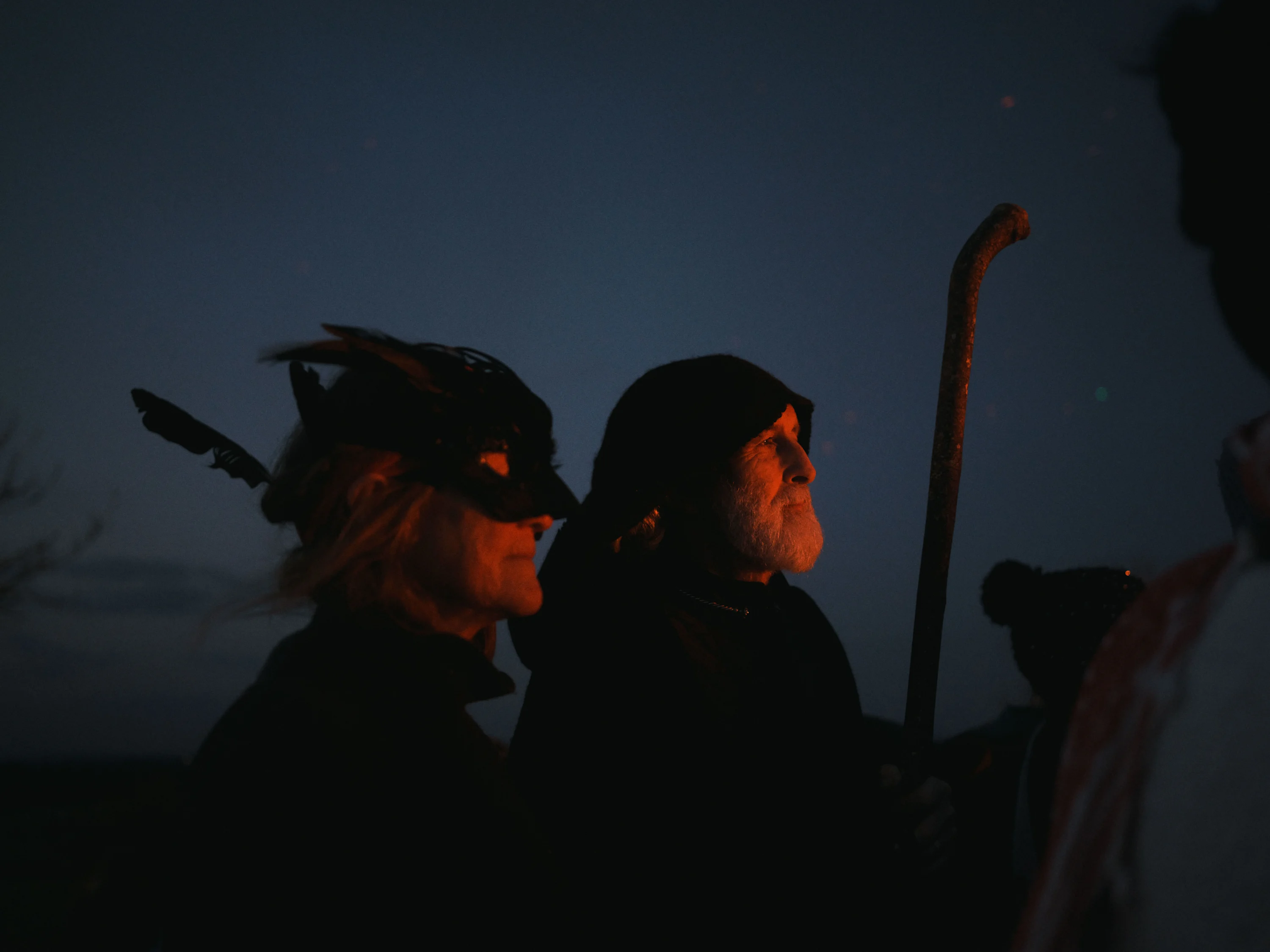
While many of the images Clinch created at the festival are portraits, he was eager to incorporate a variety of photographic styles and approaches into the project. “My work is ‘people and objects,’ that’s how I describe it. Pictures only of people wouldn’t really give [a viewer] a good feel for what it was all about. I wanted objects, moments, even aged trees and moss, and this wonderful long grass you had to wade through to get to the top of the hill. I wanted to show the flora and fauna. That’s also what makes Ireland, Ireland—the beauty of the landscape.”

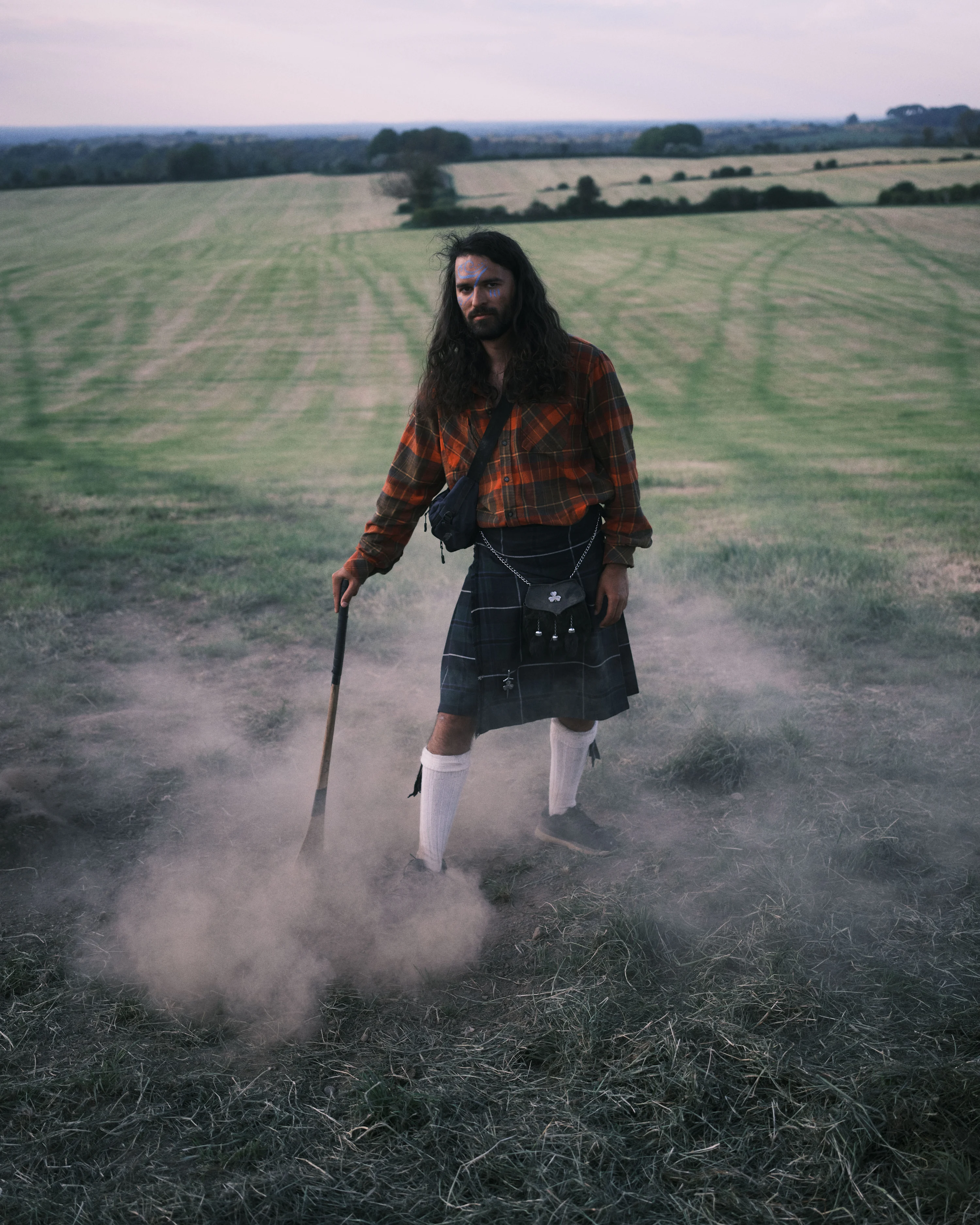
Clinch’s images capture the shifting light, cloudy afternoon segueing into a clear evening, and culminating in the magic of a firelit night. “It was the most amazing sunset I’ve ever seen,” Clinch recalls. “And then people were being lit by the flames of the fire, the embers were flying. There were so many different types of lighting in the short time I was there.”
Clinch has had much to consider since his visit to the hill: “This project taught me that I miss making documentary work, and that I need to learn more about Ireland and my heritage,” he says. “I really want to appreciate Ireland more. When I was in my teens I just wanted to be somewhere else… But now, coming into my 30s, I really want to learn more.”
